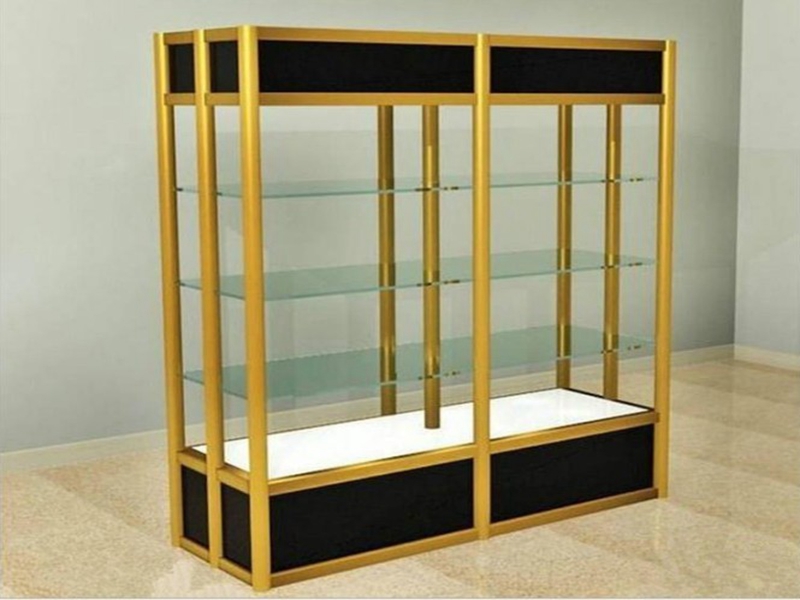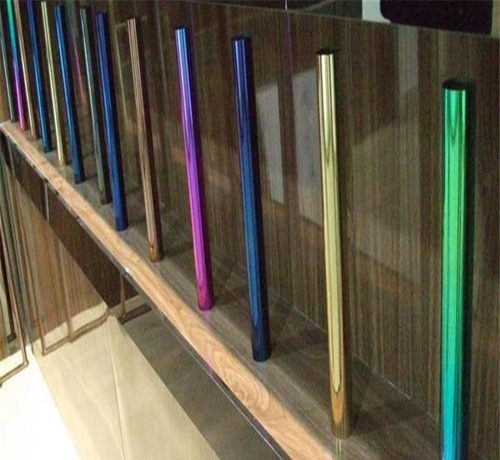Vacuum plating mainly includes several types of vacuum evaporation, sputtering plating and ion plating. They are all used to deposit various metal and non-metal films on the surface of plastic parts by distillation or sputtering under vacuum conditions. In this way, very thin surface coatings can be obtained, and the protrusions with fast adhesion are good. The advantages, but also the higher price, are less metal types that can be handled, and are generally used as functional coatings for higher grade products, for example as an internal shield. There are two common plastic plating processes: water plating and vacuum ion plating.
Used in stainless steel: vacuum ion plating, also known as vacuum coating. Vacuum plating is now a more popular practice, the product made of strong metal, high brightness. Compared with other coating methods, the cost is lower, the pollution to the environment is small, and it is widely used in various industries.

Process
The vacuum evaporation method is a method of heating a metal under high vacuum conditions, melting, evaporating, and cooling to form a metal thin film on the surface of the plastic. A commonly used metal is a low melting point metal such as aluminum.
Instructions
There are thermal energy generated by resistors, and electron beams are also used.
When vapor deposition is applied to a plastic product, it is necessary to adjust the vapor deposition time in order to ensure that the heat generated when the metal is cooled does not deform the resin. Further, a metal or an alloy having a melting point and a too high boiling point is not suitable for vapor deposition.
The metallized and the plated plastic products are placed in a vacuum chamber, and the material to be plated is heated by a certain method to evaporate or sublimate the metal, and the metal vapor is condensed into a metal film on the surface of the cold plastic product.
Under vacuum conditions, the atoms and molecules of the evaporation material can be collided with other molecules during the flying into the plastic product, and the chemical reaction (such as oxidation) between the active molecules in the gas and the evaporation source material can be reduced, thereby providing the film layer. Density, purity, deposition rate and adhesion. Generally, vacuum evaporation requires that the pressure in the film forming chamber be equal to or lower than 10-2 Pa. For the case where the evaporation source and the product to be plated and the quality of the film are required to be high, the pressure is required to be lower (10 - 5 Pa).
The thickness of the coating is 0.04-0.1um, which is too thin and the reflectivity is low; it is too thick, the adhesion is poor, and it is easy to fall off. The reflectance is 90% at a thickness of 0.04.


